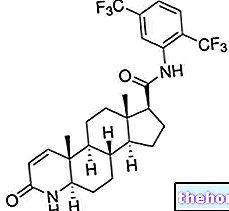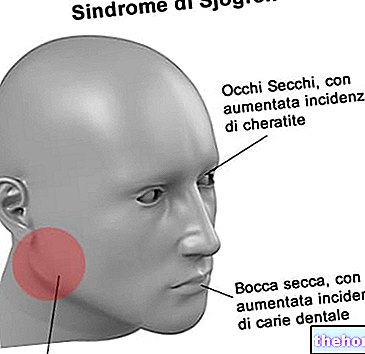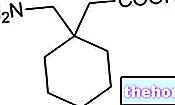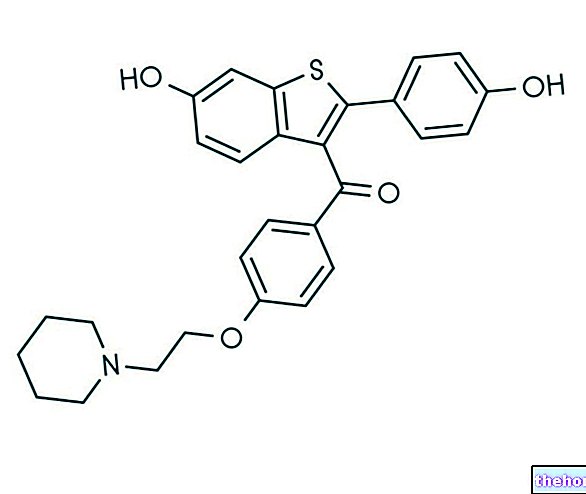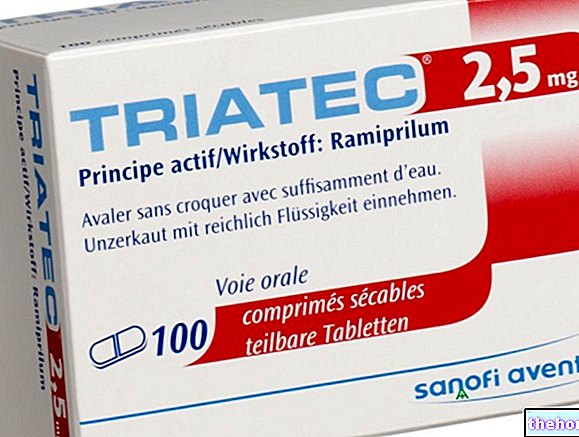
What is Rezolsta and what is it used for - darunavir, cobicistat?
Rezolsta is an antiviral medicine used in combination with other medicines to treat adult patients infected with human immunodeficiency virus type 1 (HIV-1), which causes acquired immunodeficiency syndrome (AIDS). Rezolsta contains the active substances darunavir and cobicistat. The medicine is intended for use only in patients who have not received HIV therapy in the past or in previously treated patients, when the infection is expected not to be resistant to darunavir therapy and patients are in good health with HIV levels below a certain threshold.
How is Rezolsta used - darunavir, cobicistat?
Rezolsta can only be obtained with a prescription and treatment should only be started by a doctor experienced in the management of HIV infection. Rezolsta is available as tablets containing 800 mg of darunavir and 150 mg of cobicistat. The recommended dose is of one tablet once daily, taken with food See package leaflet for further information.
How does Rezolsta work - darunavir, cobicistat?
Rezolsta contains two active ingredients. Darunavir is a protease inhibitor, which means it blocks an enzyme called a protease that the HIV virus needs to make new copies of itself. When the enzyme is blocked, the virus does not reproduce normally and its growth and spread slow down. Cobicistat acts as a 'booster' to enhance the effects of darunavir, prolonging its duration in the body. Rezolsta, taken in combination with other anti-HIV drugs, reduces the amount of HIV in the blood and keeps it at a low level. Rezolsta does not cure HIV infection or AIDS, but it can delay or reverse damage to the immune system and the onset of infections and AIDS associated diseases. Darunavir is currently authorized under the name Prezista and cobicistat under the name Tybost.
What benefit has Rezolsta - darunavir, cobicistat shown during the studies?
Since the efficacy of darunavir and cobicistat has been previously demonstrated and the two active substances are authorized for use in the treatment of HIV infection, studies have mostly been conducted to show that Rezolsta produces effects and levels of darunavir in the blood. similar to those seen with the two active substances given separately and with darunavir given with ritonavir, another medicine that acts as a 'booster' (a well-established combination). In addition, a main study was conducted to examine the safety and efficacy of darunavir and cobicistat, given with two other anti-HIV medicines, in 313 HIV-infected adult patients who had never been treated before or who had been treated and in whom the infection was expected to not be resistant to darunavir. L efficacy was measured by a reduction in viral load (the amount of HIV-1 virus in the blood) to less than 50 copies / ml. Overall, 258 patients (82%) showed such a response after 24 weeks of treatment and 253 patients (81%) after 48 weeks; these data are similar to the previously observed results with darunavir and ritonavir.
What is the risk associated with Rezolsta - darunavir, cobicistat?
The most common side effects with Rezolsta (which may affect more than 1 in 10 people) are diarrhea, nausea and rash. The most serious side effects are rash, diabetes, hypersensitivity (allergic) reactions, vomiting and 'inflammatory immune reconstitution syndrome'. Immune reconstitution inflammatory syndrome is when a patient's immune system starts to function again and fight ongoing infections, causing inflammation at the site of the infection. For the full list of side effects reported with Rezolsta, see the package leaflet. Rezolsta must not be used in patients with severe hepatic impairment. It must also not be used together with certain other medicines with which it may interact, reducing the effectiveness of therapy or increasing the risk of side effects. For the full list of restrictions, see the package leaflet.
Why has Rezolsta been approved - darunavir, cobicistat?
The Agency's Committee for Medicinal Products for Human Use (CHMP) decided that Rezolsta's benefits are greater than its risks and recommended that it be approved for use in the EU. Both active substances have already been shown to be effective and it was considered more practical for the patient to have them combined into a single tablet than to take them separately, as it reduces the risk of errors. Furthermore, no evidence has been collected of the existence of unexpected problems from the point of view of safety.
What measures are being taken to ensure the safe and effective use of Rezolsta - darunavir, cobicistat?
A risk management plan has been developed to ensure that Rezolsta is used as safely as possible. Based on this plan, safety information has been added to the summary of product characteristics and package leaflet for Rezolsta, including the appropriate precautions to be followed by healthcare professionals and patients. Further information can be found in the summary of the risk management plan.
Other information about Rezolsta - darunavir, cobicistat
On 19 November 2014, the European Commission issued a "Marketing Authorization" for Rezolsta, valid throughout the European Union. For more information on Rezolsta therapy, read the package leaflet (included with the EPAR) or consult your doctor. or the pharmacist. Last update of this summary: 11-2014.
The information on Rezolsta - darunavir, cobicistat published on this page may be out of date or incomplete. For a correct use of this information, see the Disclaimer and useful information page.

